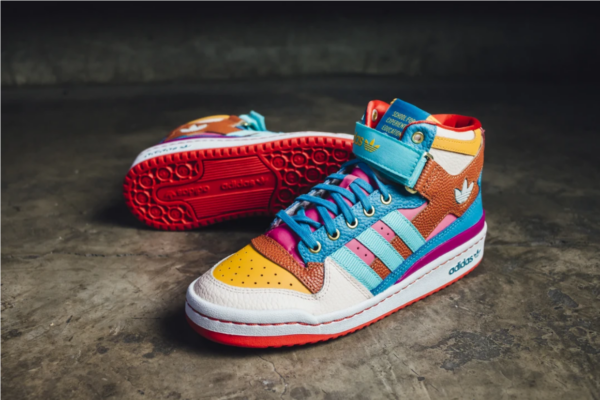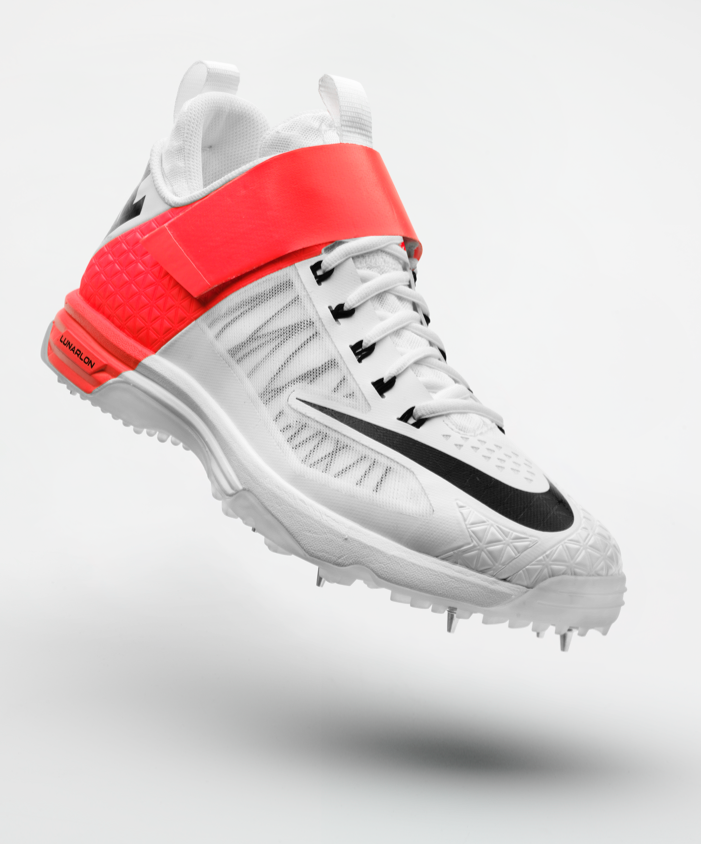
Meeting the Director of Design Education and Growth at S.E.E.D. at adidas, Cheresse Thornhill-Goldson
November 28, 2022We spoke with FIT jury panel member, Cheresse Thornhill-Goldson, a leading designer who has worked in the footwear industry for 15 years. Read on to learn more about her plans for the future, a groundbreaking paid 2-year university alternative for footwear design, and the biggest challenges in the footwear industry.
Could you tell us a little about your professional journey? Where are you from?
I am a first-generation American who grew up in Miami, Florida. My family migrated to the U.S. from Trinidad in the 1970s with the desire to provide our family with expanded opportunities and a better quality of life. Art and design have always been a part of my life for as far back as I can remember. I was always blessed with an art teacher throughout grade school that propelled me to the next level. My first exposure to footwear design as a profession was in high school. I attend DASH (Design & Architecture Senior High) which was one of the highest ranked high schools in the nation with a focus on Industrial Design, Fashion Design, Graphic Design, Film, and Architecture. DASH was an amazing springboard for my career and put me on the path to starting my career as a footwear designer at Nike after college.

Adidas model designed by S.E.E.D.
Which University/school did you graduate from and what attracted you to the Footwear industry?
I earned my Bachelor of Fine Art in Industrial Design from the College for Creative Studies in Detroit, Michigan. Becoming a footwear designer was a dream of mine since I was in grade school. Footwear design is the perfect merger of many of my interests which include sport, fashion, manufacturing, problem-solving, and serving others through design. I’ve always been passionate about education and sharing my knowledge which inspired me to pursue a master’s degree in Instructional Design & Technology from Full Sail University in Winter Park, Florida.
You started your career by designing footwear for athletes… like Kobe Bryant, the Jordan Brand and many more. What is your best memory from the first years of your career?
I started my career as a footwear design intern with Nike Skateboarding in the summer of 2006. Then after completing my senior year of college, I returned to Nike in the summer of 2007 until 2016. Some of my fondest memories at Nike include designing for and meeting athletes like Kobe Bryant and Michael Jordan in addition to moments I would engage with athletes or consumers which made the products I would design feel more purposeful. Observing the shoes I designed out in the world on the feet of the best athletes in the world or kids on the playground was such a fulfilling experience!

Nike models designed by Cheresse
Since 2020, you have been working at adidas S.E.E.D. (School for Experiential Education in Design. Can you please share with us; what is SEED and what makes this 2 years program unique?
S.E.E.D. (School for Experiential Education in Design) is a 2-year program at adidas in partnership with Pensole Lewis College of Business & Design, that acts as an alternative to university education in Footwear Design. The program is an Open-Source education model, that leverages industry experts inside and outside of the adidas brand to teach, guide, and mentor students. What makes the program unique is that S.E.E.D. designers learn leadership and design skills via the product creation process, bringing “real” products to the marketplace. The program pipelines diverse talent into full-time positions within adidas on an expedited timeline.”

SEED Workshop
As the Director of Design & Education Growth as well as S.E.E.D. at adidas, what are your role and responsibilities?
As the Director of Design Education & Growth as well as S.E.E.D. at adidas I am charged with serving the educational needs of the S.E.E.D. designers and fueling the design talent pool at adidas through product creation. Our students acquire their footwear design knowledge through participating in the product creation process. They learn how to design by designing footwear and various products across apparel and accessories in partnership with business units within the brand that go to market. I also lead the design direction of all the products our students design and I lead the creation of the curriculum that facilitates their learning.

Champion model designed by Cheresse
What do you think are the biggest challenges and opportunities in footwear now?
The biggest opportunity I see in the footwear industry right now is the need for new ideas, innovative solutions and footwear that inspires positive evolution. We can’t keep operating, in the same manner, expecting different results. Innovation requires new perspectives and new processes which are a direct result of new thought and the inclusion of new voices. Making design education more accessible for the next generation of thought leaders and innovators is one way to propel our industry forward and deliver us from the overabundance of sameness in the market. Our greatest challenge right now is sustainability. Our planet does not need more footwear it needs creatives who implore planned obsolescence into the footwear creation process.
What are you working on at the moment, and do you have any upcoming projects or collaborations that you’re able to tell us about?
Our S.E.E.D. design team just wrapped up our work with Marvel and legendary Ruth E. Carter on the costume design and creation for the Black Panther: Wakanda Forever film in partnership with our adidas innovation team across footwear and apparel. We also recently designed a custom interior of the Lexus RX 500h “Vibe-Branium” Direct4 in partnership with Lexus, Marvel, and Carbon inspired by the film as well. It’s been an amazing year for our team and we have more products across footwear, apparel and accessories to come.

Adidas model designed by S.E.E.D.
Last, what can we wish you for the future?
My wish for the future is expanded growth and global impact. I hope the work I do every day inspires our students and the people in our industry to be more generous with their knowledge and take the time to pass it on to the next generation of creatives who are in much need of hope, access, mentorship, and purpose.
